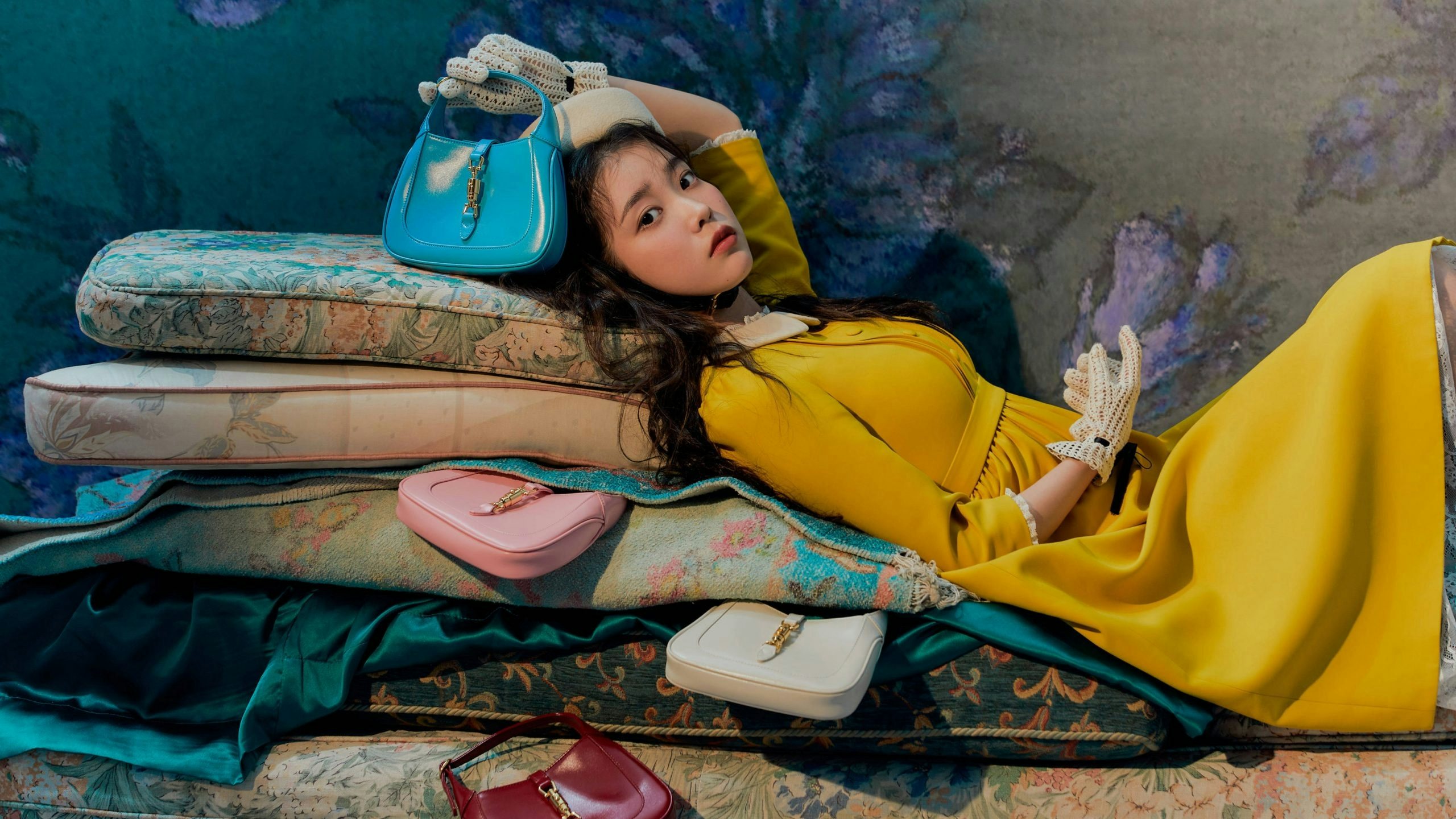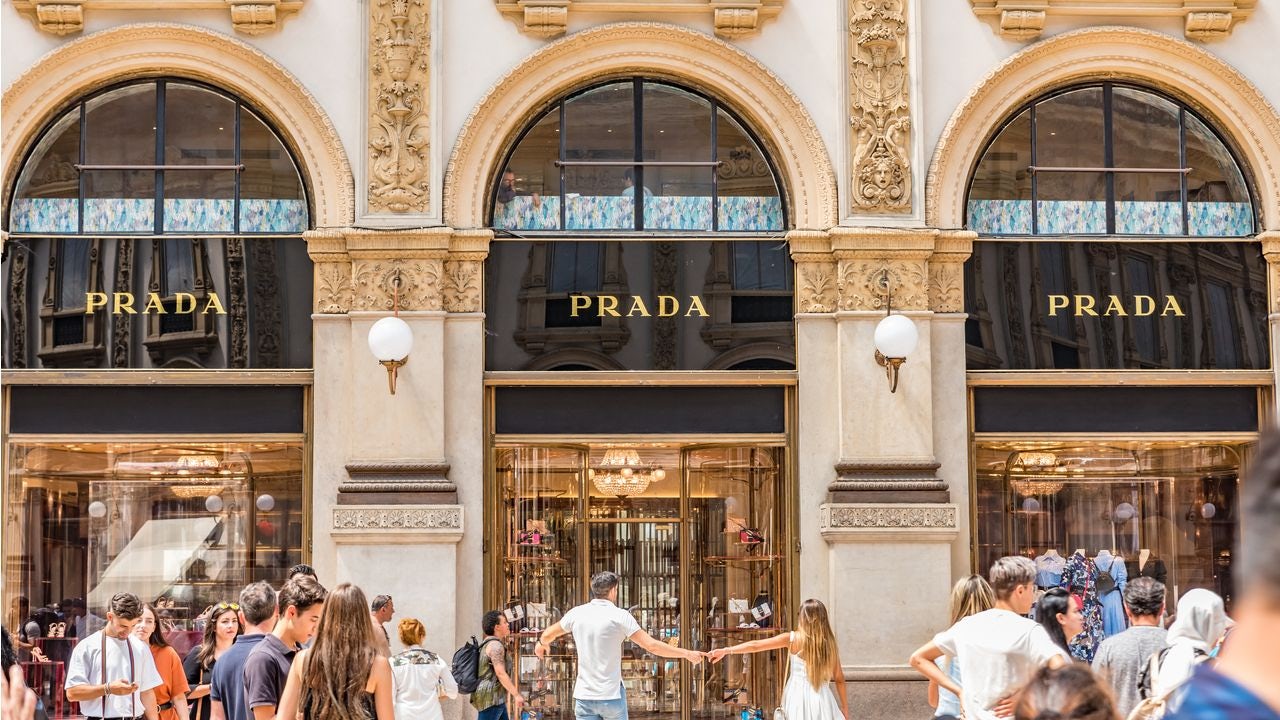Key Takeaways:#
In 2020, there were unprecedented luxury market declines in Europe and North America. Some brands lost 75 percent or more of their revenue in these crucial regions.
The Chinese luxury market grew by almost 50 percent in 2020, reaching approximately 50-55 billion. But that growth is unlikely to repeat due to unrepeatable short-term boosts.
Over the next 12-36 months, we will see the unprecedented emergence of new Chinese luxury brands that will be highly-equipped to challenge Western brands.
Heading into the Lunar New Year celebrations, as nearly every luxury brand has launched its 2021 capsule collections in China for the Year of the Ox, it is a good time to reflect on the Chinese luxury market.
In 2020, there were unprecedented luxury market declines in Europe and North America. Some brands lost 75 percent or more of their revenue in these crucial regions. Additionally, brands have been confronted with the challenges of opening, closing, reopening, and re-closing retail and hospitality locations, not to mention retaining staff and keeping them motivated or engaged. One CEO of a luxury brand recently told me that the mental health of his staff has been his primary concern during the pandemic.
Across retail experience audits in Europe and North America throughout 2020, I found that the quality of service for many luxury brands had decreased dramatically. The issue cannot simply be chalked up to social distancing but seems more structural. Brands simply have to work harder now. In-store experiences are one of the major weaknesses brands need to address in 2021 across every luxury sector. Too many service interactions are interchangeable, purely transactional — sometimes arrogant — and don’t create any positive memories.
These regions continue to be a headache for most luxury brand managers, but China has been the silver lining. In fact, China has been the only place where most brands can point to positive market performances in 2020, and they are expecting the same in 2021. The Chinese luxury market grew by almost 50 percent in 2020, reaching approximately 50-55 billion, according to estimates by Équité and data from Bain’s annual China luxury report.
However, it would be myopic to expect the automatic continuation of China’s stratospheric market growth in 2021. Many effects we saw are likely to be short-term boosts that won’t necessarily happen again. In fact, other growth drivers, like brand sales bumps from the unprecedented use of KOLs and micro-influencers, could have a detrimental effect on brand equity, that comes back to haunt brands.
As numbers plummeted everywhere else, brands significantly reallocated their marketing budgets towards spending on China and, in particular, its influencers. The influencer market is far more developed in China than anywhere else, and the meteoric growth of new platforms, faces, and micro-KOLs is making it extremely hard for Western brands to navigate. Most lack the tools to track their ROI on KOL spending. And fake KOLs, who seemingly have huge followings but very little engagement, are common, leading to millions of marketing spending that won’t drive any significant traffic.
But what’s worse is that the hard-selling tactics most influencers use to help brands expand and gain relevance in China’s market over the short-term come at the price: the brand’s equity. Social selling through livestreams has become the norm in China, but many of the campaigns more closely resemble QVC sessions aired at 3 AM than luxury experiences. An exchange of brand equity for quick sales will come back to haunt brands.
What many brands also underestimate is how fast China’s demographics shift. Gen Z is dramatically gaining in importance, and so is their desire to buy patriotically by supporting local brands. Over the next 12-36 months, we will see the unprecedented emergence of new Chinese luxury brands that will be born digitally and endorsed by the same KOLs that supported leading Western luxury houses just months before. As a result, Western brands with weakened equities — thanks to hard-selling, KOL-driven tactics — will face hyper-competition from these new brands that are much closer to young Chinese consumers.
Meanwhile, effects like revenge spending, travel budgets redirected into personal luxury goods purchases, and the repatriation of spending into Mainland China due to travel restrictions will be “one-timers.” As such, brands should not count on them in 2021 and beyond.
Make no mistake: The Chinese luxury market will continue to be the most important and fastest-growing one. Équité estimates the global luxury consumption of Chinese consumers will hit 50 percent of worldwide spending before 2030. The long-term prospects are the most promising worldwide, and we can expect another approximately 400 million Chinese to significantly improve their incomes and wealth over the next two decades. And they will enter the luxury market and double its size in a relatively short time frame. In short, the Chinese luxury market will look completely different in ten years. That means China is where luxury brands need to win if they want to have global relevance.
China also presents brands with an opportunity to scale their new ideas fast, as even a niche in this country can show enormous potential. And as the youngest, most digital, and most dynamic luxury market, China is also a periscope into the future. Since Chinese luxury consumers are so advanced, Gen-Z trends in cities like Shanghai will become mainstream elsewhere in three-to-five years. And it’s these consumers that will also force brands to answer a much bigger call for brand experiences and sustainability.
Put together, these changing preferences make China the most critical market for success, as it is now the most expensive, complicated, competitive, digital, and innovative market. The challenge for brands is to generate real-time consumer insights and build brand equity among rapidly changing consumer preferences and competitive dynamics.
When I assess brands for China-readiness, I find that most need drastic retooling. Brand storytelling is crucial in China because building consumer trust starts with the brand first, followed by the product (the opposite happens in the West.) And when a brand becomes more digital, it needs to differentiate its digital journey, which is another major weakness of most brands.
Even brands that have been in China for decades realize that they are now in a new game with new rules — one that’s faster and more complex than ever, with higher stakes and less-certain outcomes. Rapidly-emerging local competitors will keep squeezing out Western brands that don’t strengthen their brand equity and digital capabilities quickly. But this new game is exciting and offers lots of opportunities. Yet, many brands will not survive, especially if they underestimate the urgency to act.
Daniel Langer is CEO of the luxury, lifestyle and consumer brand strategy firm Équité. He consults some of the leading luxury brands in the world, is the author of several luxury management books, a regular keynote speaker, and holds management seminars in Europe, the USA, and Asia. Follow @drlanger



